Scroll for prep

Please wait…
This video is having trouble loading. You may have lost your Internet connection.
Step 1: Click to Reload this page
Step 2: Click to
Try our other video player
Step 3: Contact your teacher if trouble persists.
Or,
dismiss this message.
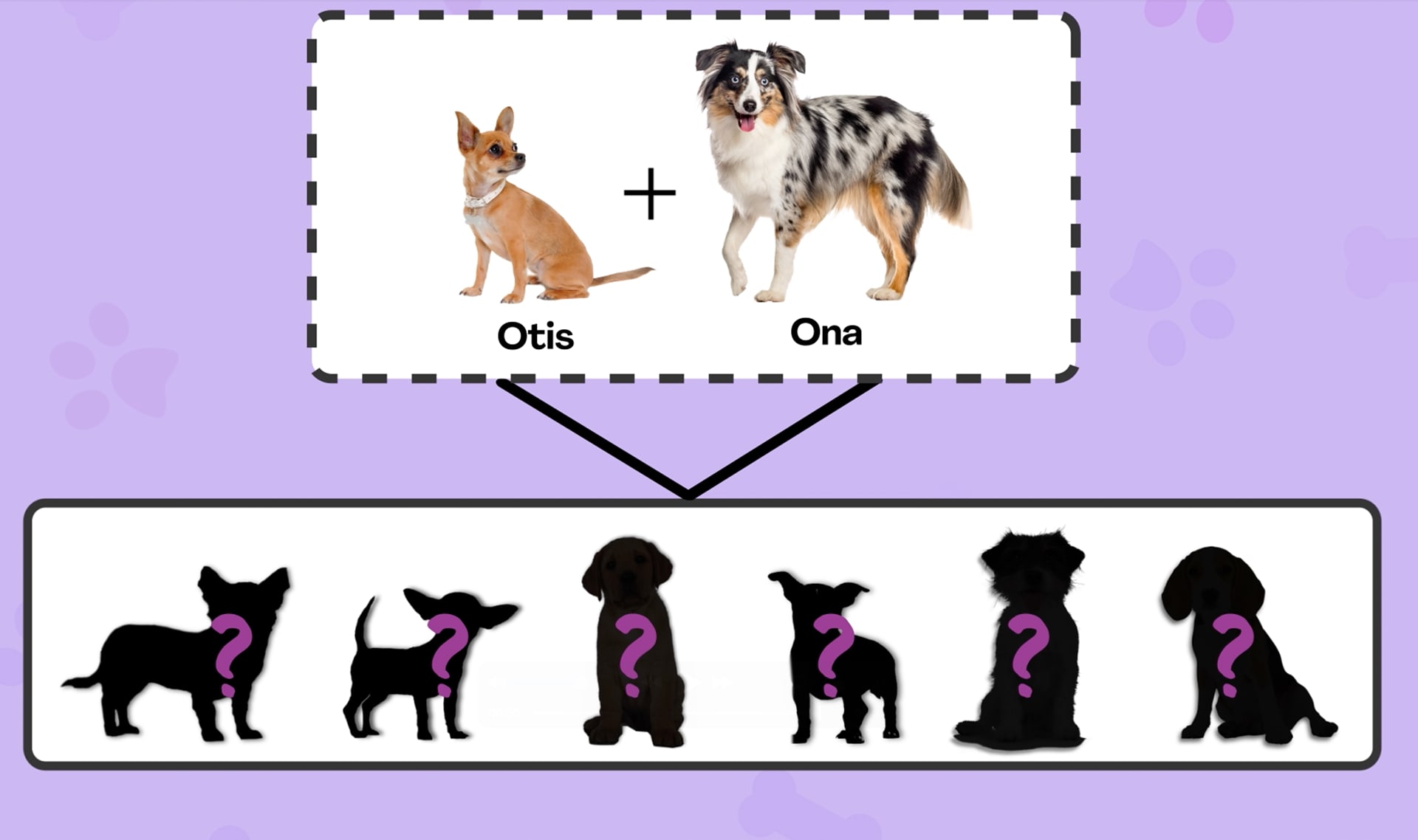
CONVERSEMOS:
¿Cómo crees que serán los cachorros de Otis y Ona?
¿Por qué opinas eso?
¿Cómo crees que serán los cachorros de Otis y Ona?
¿Por qué opinas eso?

Please wait…
This video is having trouble loading. You may have lost your Internet connection.
Step 1: Click to Reload this page
Step 2: Click to
Try our other video player
Step 3: Contact your teacher if trouble persists.
Or,
dismiss this message.
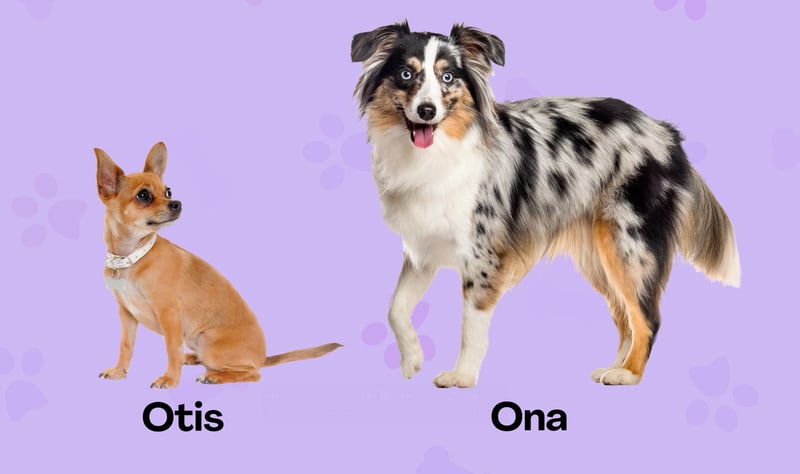
CONVERSEMOS:
Compara a Otis y a Ona. ¿Qué rasgos tienen en COMÚN?
¿Qué rasgos tienen que son muy DIFERENTES?
Compara a Otis y a Ona. ¿Qué rasgos tienen en COMÚN?
¿Qué rasgos tienen que son muy DIFERENTES?

Please wait…
This video is having trouble loading. You may have lost your Internet connection.
Step 1: Click to Reload this page
Step 2: Click to
Try our other video player
Step 3: Contact your teacher if trouble persists.
Or,
dismiss this message.
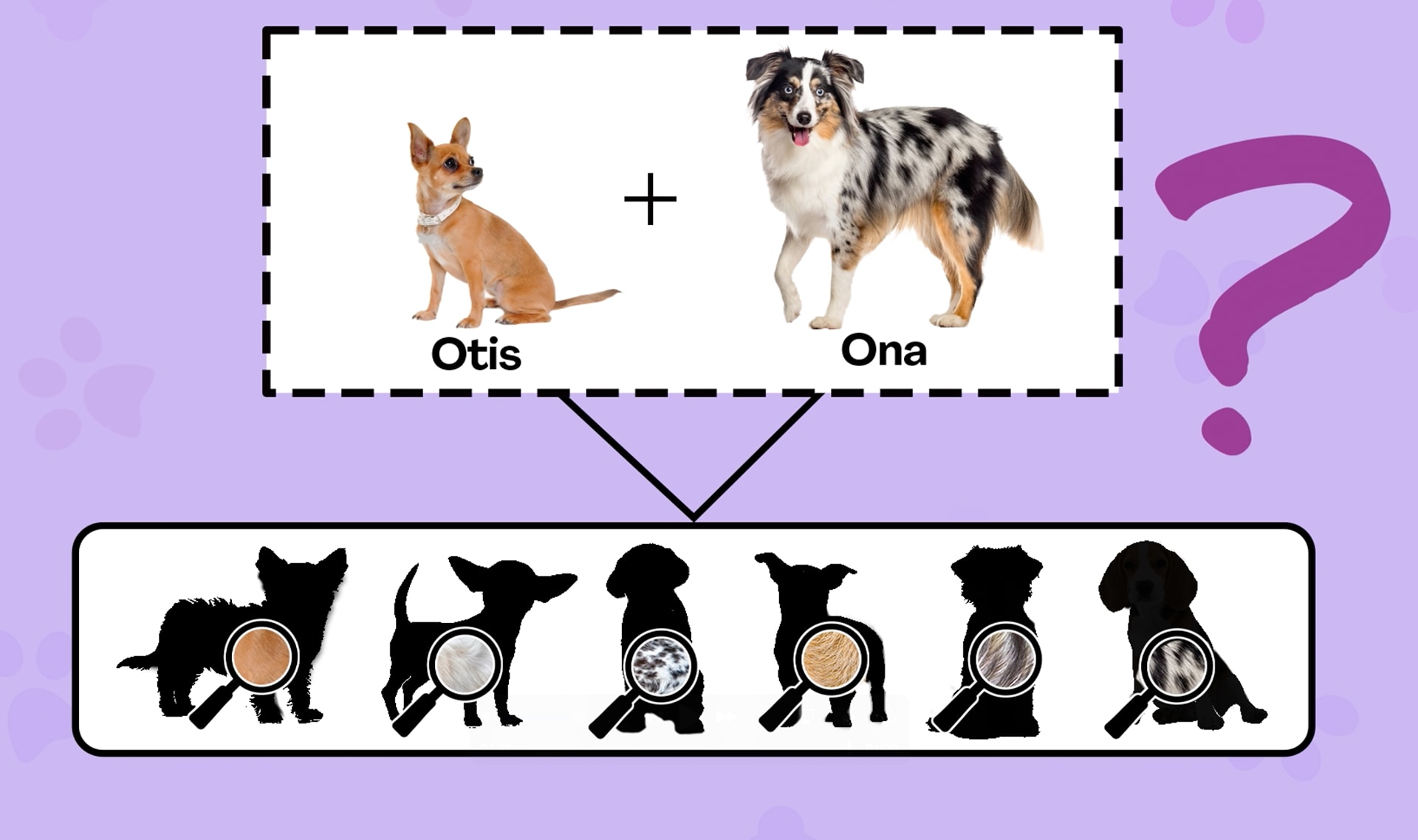
CONVERSMOS:
¿Qué tipo de pelo crees que tendrán los cachorros de Otis y Ona?
¿Qué tipo de pelo crees que tendrán los cachorros de Otis y Ona?

Please wait…
This video is having trouble loading. You may have lost your Internet connection.
Step 1: Click to Reload this page
Step 2: Click to
Try our other video player
Step 3: Contact your teacher if trouble persists.
Or,
dismiss this message.

Please wait…
This video is having trouble loading. You may have lost your Internet connection.
Step 1: Click to Reload this page
Step 2: Click to
Try our other video player
Step 3: Contact your teacher if trouble persists.
Or,
dismiss this message.
Paso
01/17
01/17
Vas a trabajar con un compañero o una compañera.

Please wait…
This video is having trouble loading. You may have lost your Internet connection.
Step 1: Click to Reload this page
Step 2: Click to
Try our other video player
Step 3: Contact your teacher if trouble persists.
Or,
dismiss this message.
Paso
02/17
02/17
Obtén estos materiales.

Please wait…
This video is having trouble loading. You may have lost your Internet connection.
Step 1: Click to Reload this page
Step 2: Click to
Try our other video player
Step 3: Contact your teacher if trouble persists.
Or,
dismiss this message.
Paso
03/17
03/17
Usa un crayón para colorear los ojos de Archie de color café y
los ojos de Bella de azul. Luego, usa un crayón para colorear el
pelo de Archie de amarillo y el pelo de Bella de café.
los ojos de Bella de azul. Luego, usa un crayón para colorear el
pelo de Archie de amarillo y el pelo de Bella de café.

Please wait…
This video is having trouble loading. You may have lost your Internet connection.
Step 1: Click to Reload this page
Step 2: Click to
Try our other video player
Step 3: Contact your teacher if trouble persists.
Or,
dismiss this message.
Paso
04/17
04/17
Conversemos.

Please wait…
This video is having trouble loading. You may have lost your Internet connection.
Step 1: Click to Reload this page
Step 2: Click to
Try our other video player
Step 3: Contact your teacher if trouble persists.
Or,
dismiss this message.
Paso
05/17
05/17
Así funciona el vasito de la moneda.

Please wait…
This video is having trouble loading. You may have lost your Internet connection.
Step 1: Click to Reload this page
Step 2: Click to
Try our other video player
Step 3: Contact your teacher if trouble persists.
Or,
dismiss this message.
Paso
06/17
06/17
¡Practiquemos! Asegúrate de que la moneda esté dentro del vaso.
Usa tu mano para tapar la abertura. Agita el vasito durante 5
segundos. Cuando termines, mira dentro del vaso.
Usa tu mano para tapar la abertura. Agita el vasito durante 5
segundos. Cuando termines, mira dentro del vaso.

Please wait…
This video is having trouble loading. You may have lost your Internet connection.
Step 1: Click to Reload this page
Step 2: Click to
Try our other video player
Step 3: Contact your teacher if trouble persists.
Or,
dismiss this message.
Paso
07/17
07/17
Asegúrate de que la moneda esté dentro del vaso. Tapa la abertura.
Agita el vasito durante 5 segundos. Mira dentro del vaso. Básandote
en la moneda, encierra "caídas" o "paradas" en tu hoja de trabajo.
Agita el vasito durante 5 segundos. Mira dentro del vaso. Básandote
en la moneda, encierra "caídas" o "paradas" en tu hoja de trabajo.

Please wait…
This video is having trouble loading. You may have lost your Internet connection.
Step 1: Click to Reload this page
Step 2: Click to
Try our other video player
Step 3: Contact your teacher if trouble persists.
Or,
dismiss this message.
Paso
08/17
08/17
Dibuja las orejas de tu perrito posible.
Si encerraste caídas, dibújale orejas caídas.
Si encerraste paradas, dibújale orejas paradas.
Si encerraste caídas, dibújale orejas caídas.
Si encerraste paradas, dibújale orejas paradas.

Please wait…
This video is having trouble loading. You may have lost your Internet connection.
Step 1: Click to Reload this page
Step 2: Click to
Try our other video player
Step 3: Contact your teacher if trouble persists.
Or,
dismiss this message.
Paso
09/17
09/17
Agita la moneda durante 5 segundos. Mira dentro del vaso.
Si encerraste enroscada, dibújale una cola enroscada.
Si encerraste recta, dibújale una cola recta.
Si encerraste enroscada, dibújale una cola enroscada.
Si encerraste recta, dibújale una cola recta.

Please wait…
This video is having trouble loading. You may have lost your Internet connection.
Step 1: Click to Reload this page
Step 2: Click to
Try our other video player
Step 3: Contact your teacher if trouble persists.
Or,
dismiss this message.
Paso
10/17
10/17
Agita la moneda durante 5 segundos. Mira dentro del vaso.
Si encerraste cafés, colorea sus ojos de color café.
Si encerraste azules, colorea sus ojos de color azul.
Si encerraste cafés, colorea sus ojos de color café.
Si encerraste azules, colorea sus ojos de color azul.

Please wait…
This video is having trouble loading. You may have lost your Internet connection.
Step 1: Click to Reload this page
Step 2: Click to
Try our other video player
Step 3: Contact your teacher if trouble persists.
Or,
dismiss this message.
Paso
11/17
11/17
Agita la moneda durante 5 segundos. Mira dentro del vaso.
Si encerraste amarillo, colorea su pelo de color amarillo.
Si encerraste café, colorea su pelo de color café.
Si encerraste amarillo, colorea su pelo de color amarillo.
Si encerraste café, colorea su pelo de color café.

Please wait…
This video is having trouble loading. You may have lost your Internet connection.
Step 1: Click to Reload this page
Step 2: Click to
Try our other video player
Step 3: Contact your teacher if trouble persists.
Or,
dismiss this message.
Paso
12/17
12/17
Agita la moneda durante 5 segundos. Mira dentro del vaso.
Si encerraste grandes, dibújale manchas grandes.
Si encerraste pequeñas, dibújale manchas pequeñas.
Si encerraste grandes, dibújale manchas grandes.
Si encerraste pequeñas, dibújale manchas pequeñas.

Please wait…
This video is having trouble loading. You may have lost your Internet connection.
Step 1: Click to Reload this page
Step 2: Click to
Try our other video player
Step 3: Contact your teacher if trouble persists.
Or,
dismiss this message.
Paso
13/17
13/17
Puedes hacerlo sentado o parado. Asegúrate de que puedas ver tu
dibujo de tu perrito posible.
dibujo de tu perrito posible.

Please wait…
This video is having trouble loading. You may have lost your Internet connection.
Step 1: Click to Reload this page
Step 2: Click to
Try our other video player
Step 3: Contact your teacher if trouble persists.
Or,
dismiss this message.
Paso
14/17
14/17
Observa los rasgos de TU perrito posible.
Sigue las instrucciones y muéstrale a tu clase cómo se ve tu perrito.
Sigue las instrucciones y muéstrale a tu clase cómo se ve tu perrito.

Please wait…
This video is having trouble loading. You may have lost your Internet connection.
Step 1: Click to Reload this page
Step 2: Click to
Try our other video player
Step 3: Contact your teacher if trouble persists.
Or,
dismiss this message.
Paso
15/17
15/17
Dale un nombre a tu perrito y escríbelo aquí en la hoja de trabajo.
Luego, conversemos:
Luego, conversemos:

Please wait…
This video is having trouble loading. You may have lost your Internet connection.
Step 1: Click to Reload this page
Step 2: Click to
Try our other video player
Step 3: Contact your teacher if trouble persists.
Or,
dismiss this message.
Paso
16/17
16/17
Pon a los papás al lado de tu perrito. Conversemos, y luego encierra
en un círculo tu respuesta.
en un círculo tu respuesta.

Please wait…
This video is having trouble loading. You may have lost your Internet connection.
Step 1: Click to Reload this page
Step 2: Click to
Try our other video player
Step 3: Contact your teacher if trouble persists.
Or,
dismiss this message.
Paso
17/17
17/17
Conversemos:

Please wait…
This video is having trouble loading. You may have lost your Internet connection.
Step 1: Click to Reload this page
Step 2: Click to
Try our other video player
Step 3: Contact your teacher if trouble persists.
Or,
dismiss this message.

CONVERSEMOS: (1 de 2)
¿Acaso Marianne tiene rasgos PARECIDOS a los de su mamá y su papá?
¿Tiene algunos rasgos que son DIFERENTES?
¿Acaso Marianne tiene rasgos PARECIDOS a los de su mamá y su papá?
¿Tiene algunos rasgos que son DIFERENTES?
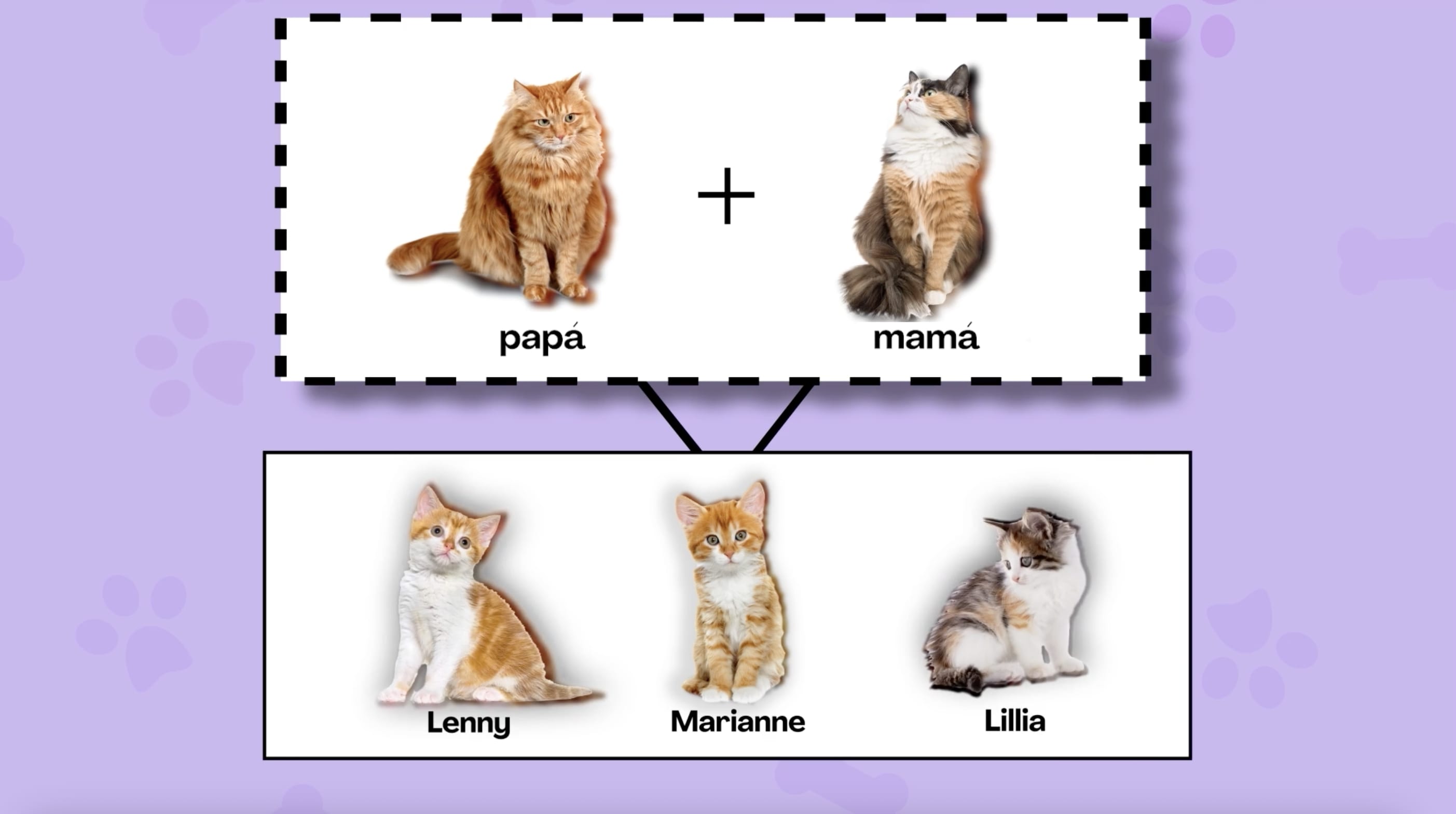
CONVERSEMOS: (2 de 2)
¿Acaso Marianne tiene rasgos PARECIDOS a los de sus hermanos?
¿Tiene algunos rasgos que son DIFERENTES?
¿Acaso Marianne tiene rasgos PARECIDOS a los de sus hermanos?
¿Tiene algunos rasgos que son DIFERENTES?

Please wait…
This video is having trouble loading. You may have lost your Internet connection.
Step 1: Click to Reload this page
Step 2: Click to
Try our other video player
Step 3: Contact your teacher if trouble persists.
Or,
dismiss this message.
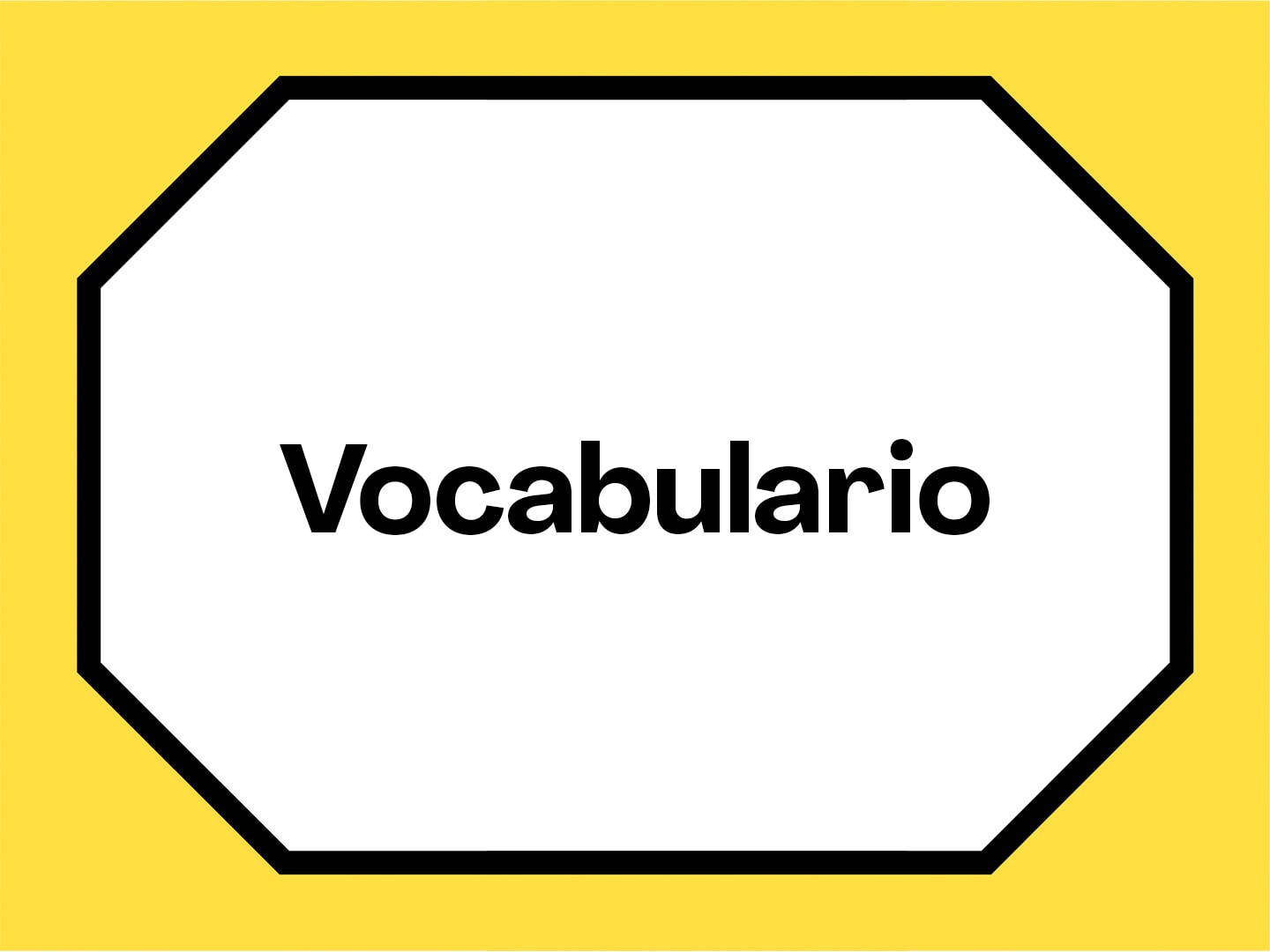
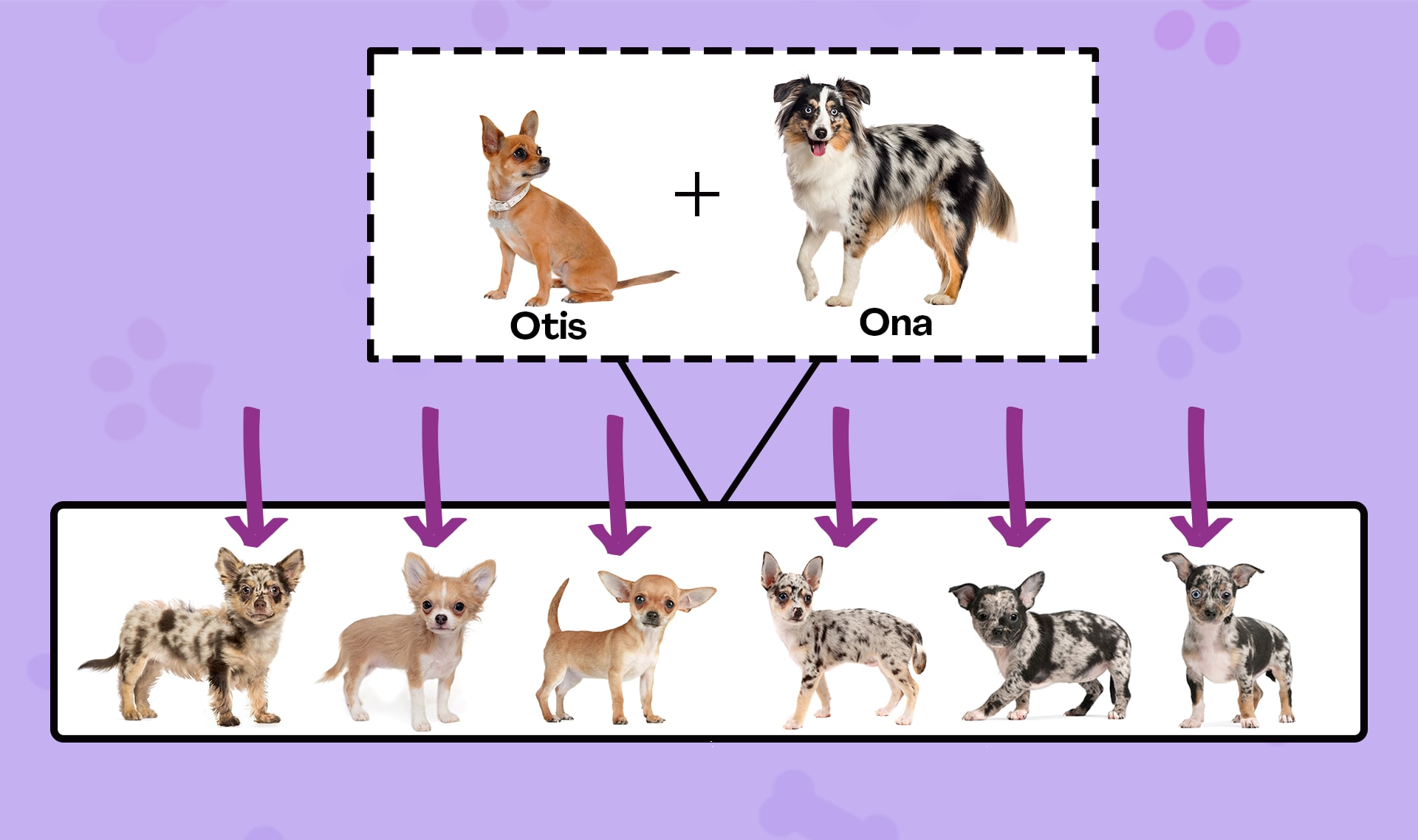
crías
1 de 7
bebés
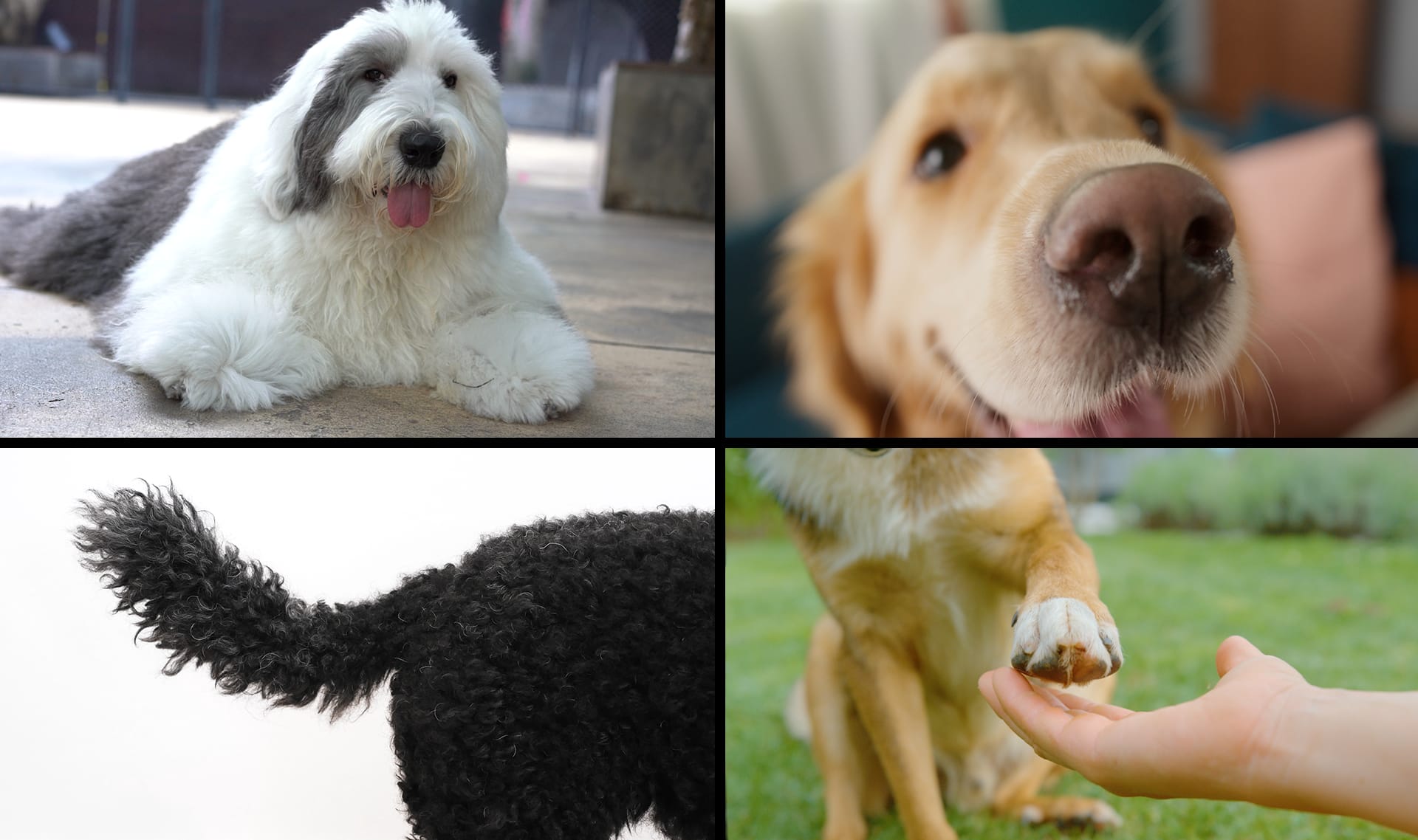
rasgo
2 de 7
algo que puedes observar acerca de un ser viviente, por ejemplo, las orejas de un perro
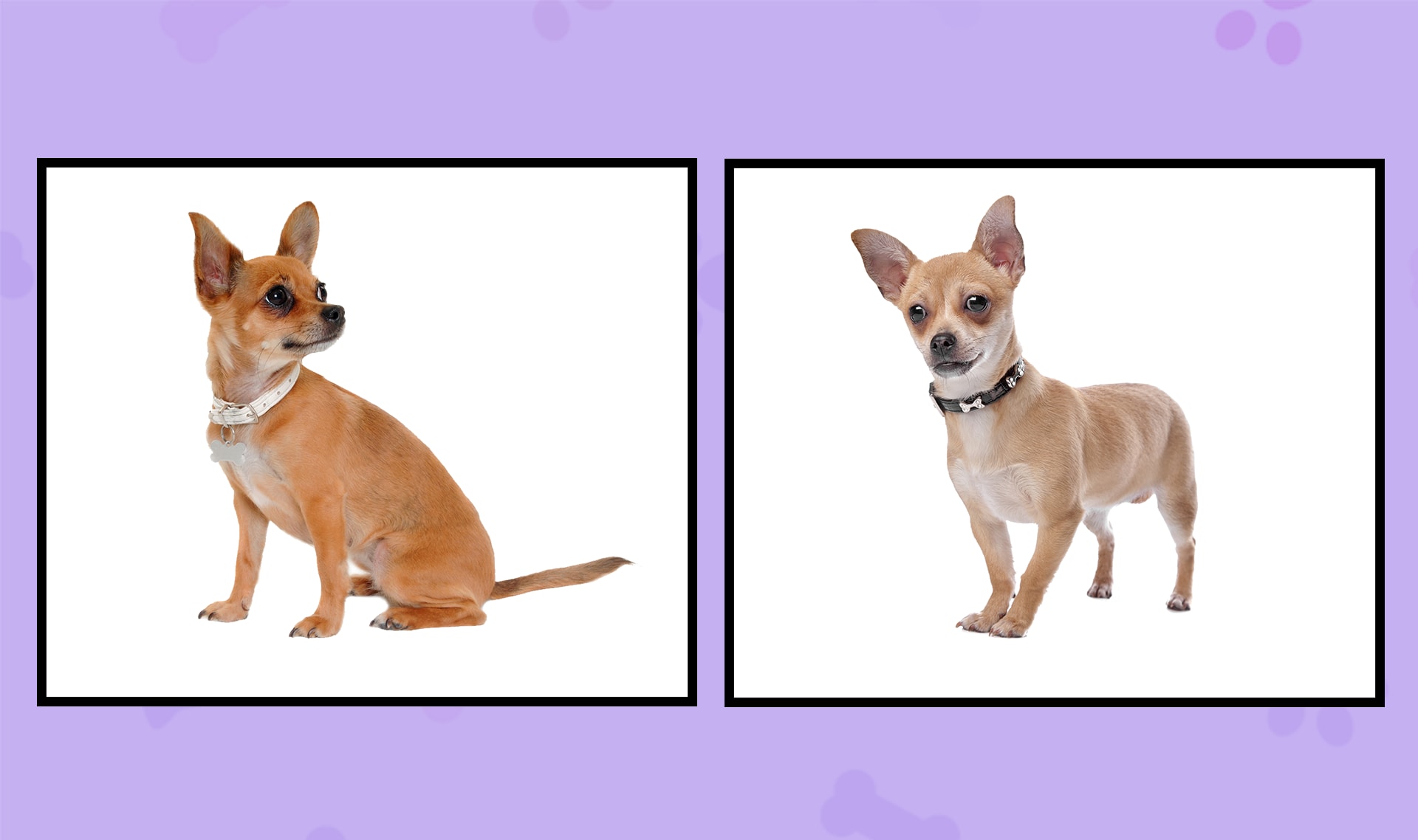
similar
3 de 7
algo parecido

diferente
4 de 7
algo que no es igual
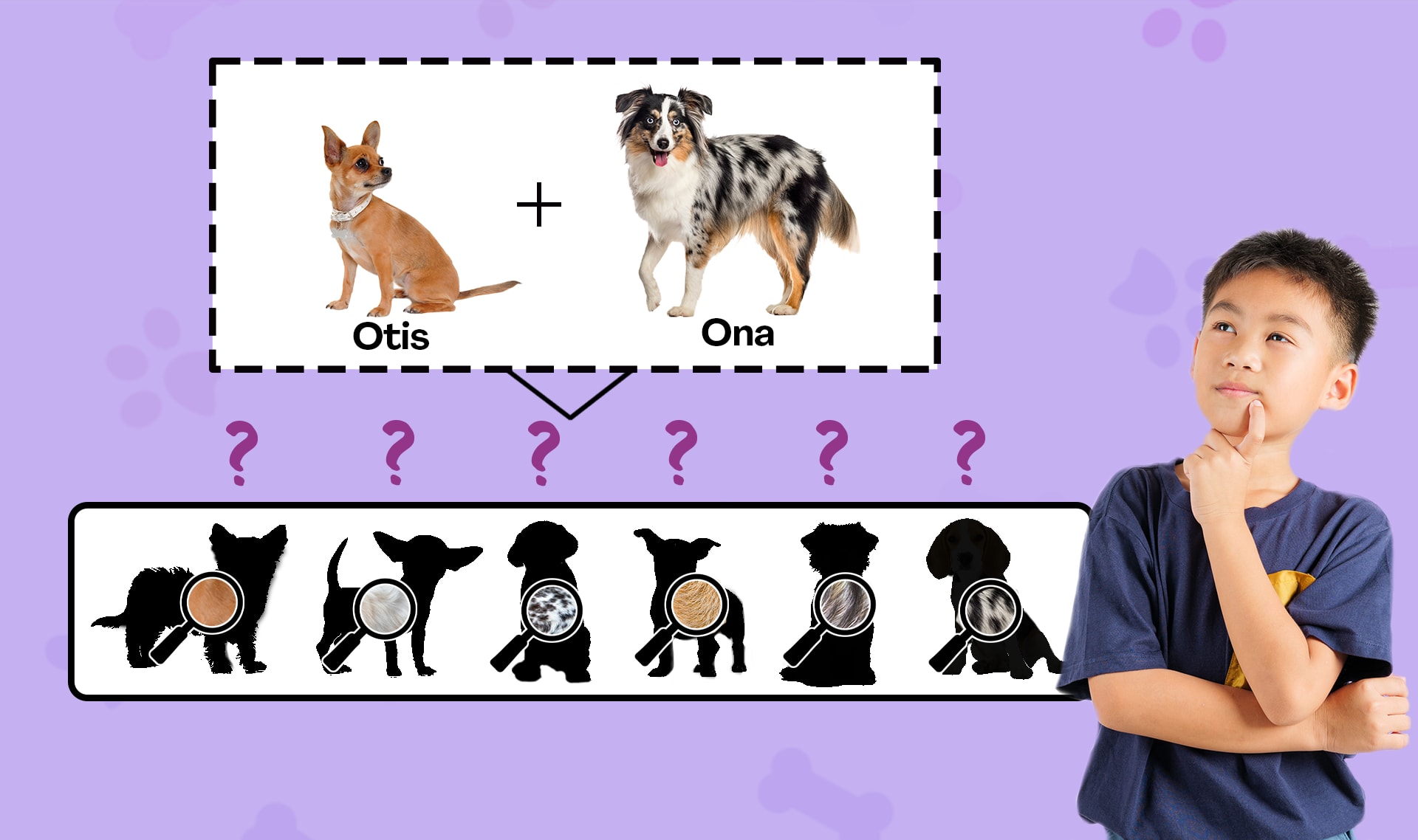
predecir
5 de 7
suponer lo que va a suceder basándote en cosas que ya sabes

variación
6 de 7
diferencia en un rasgo, como las orejas caídas o paradas de un perro
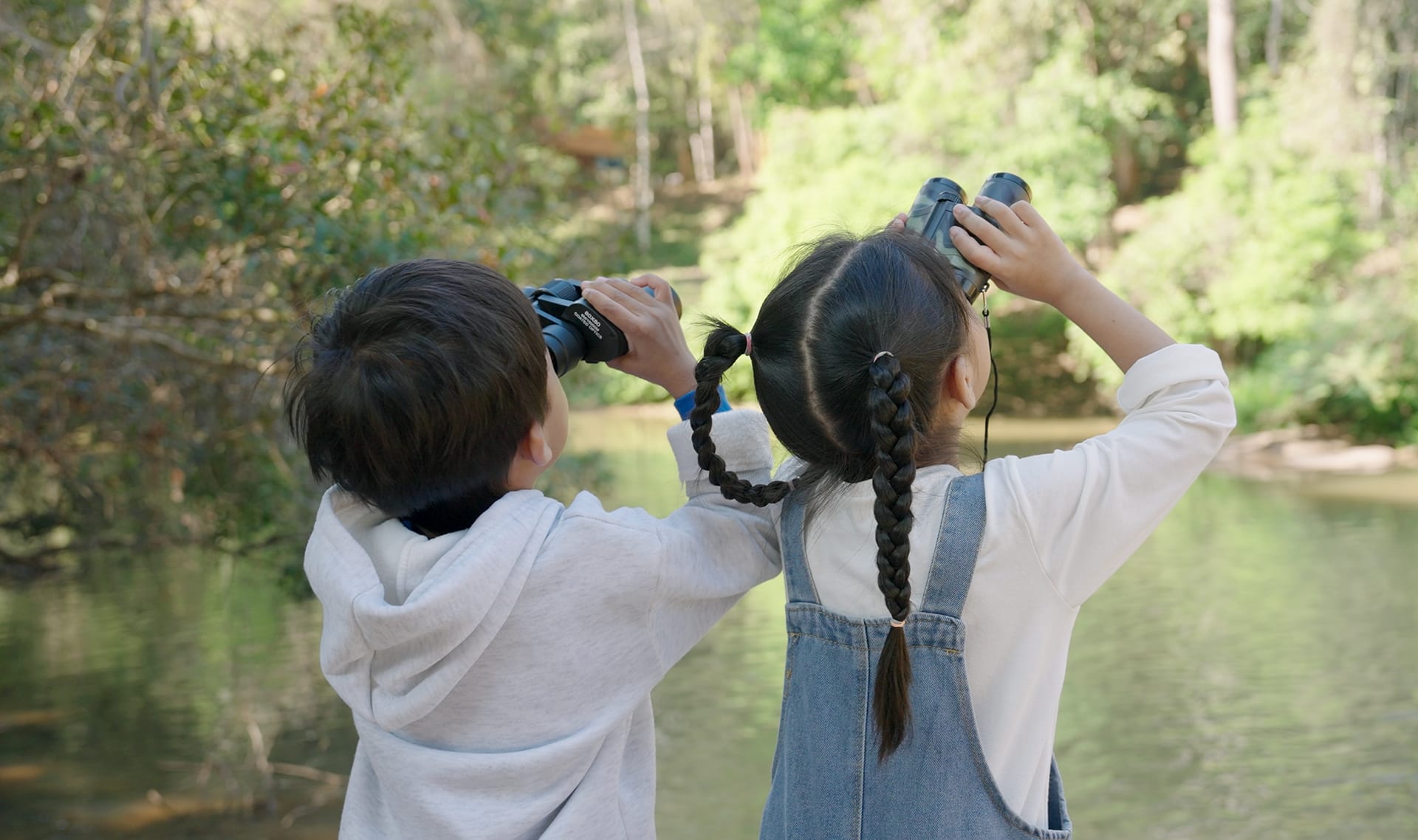
observar
7 de 7
ponerle mucha atención a algo



